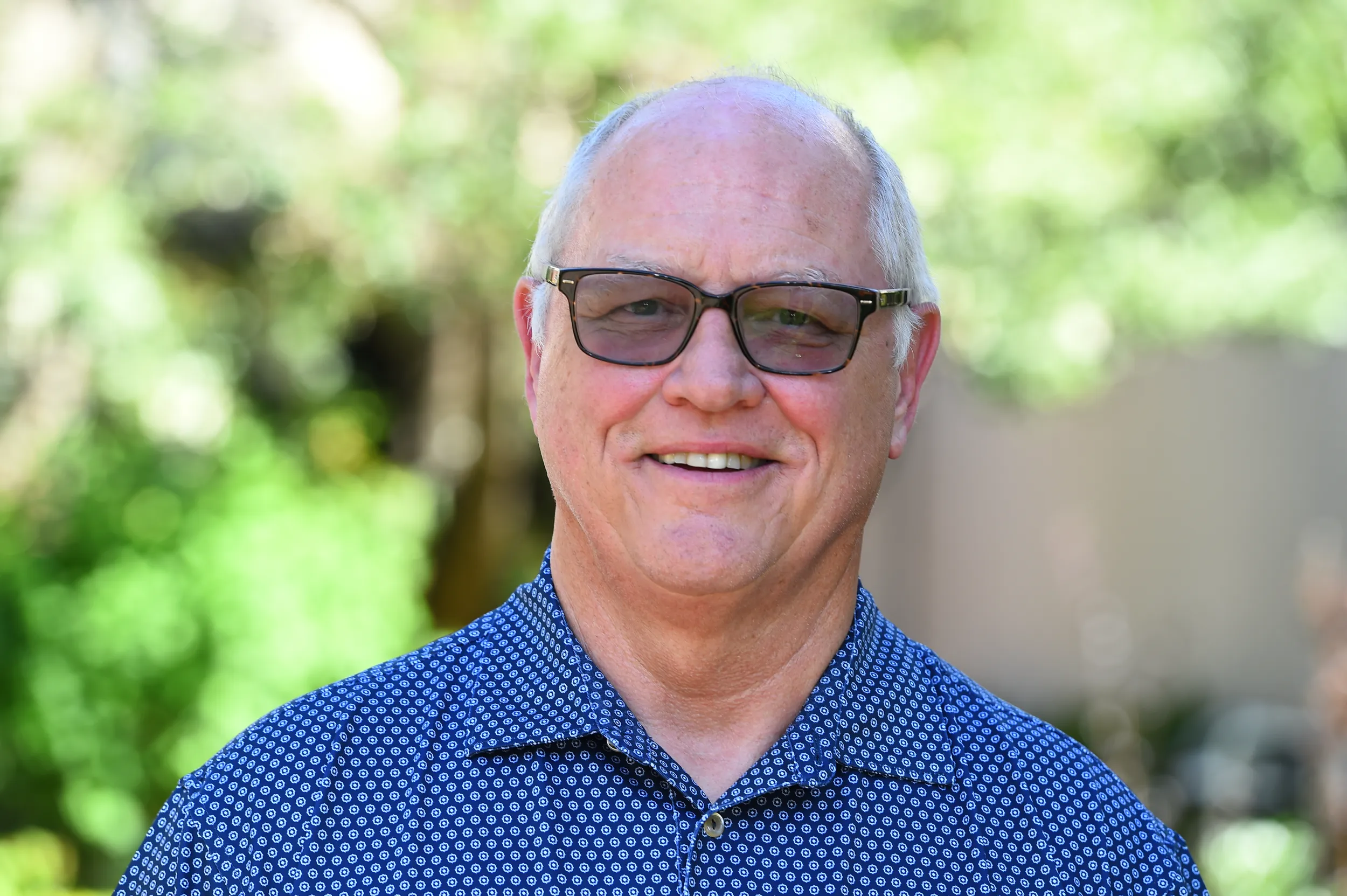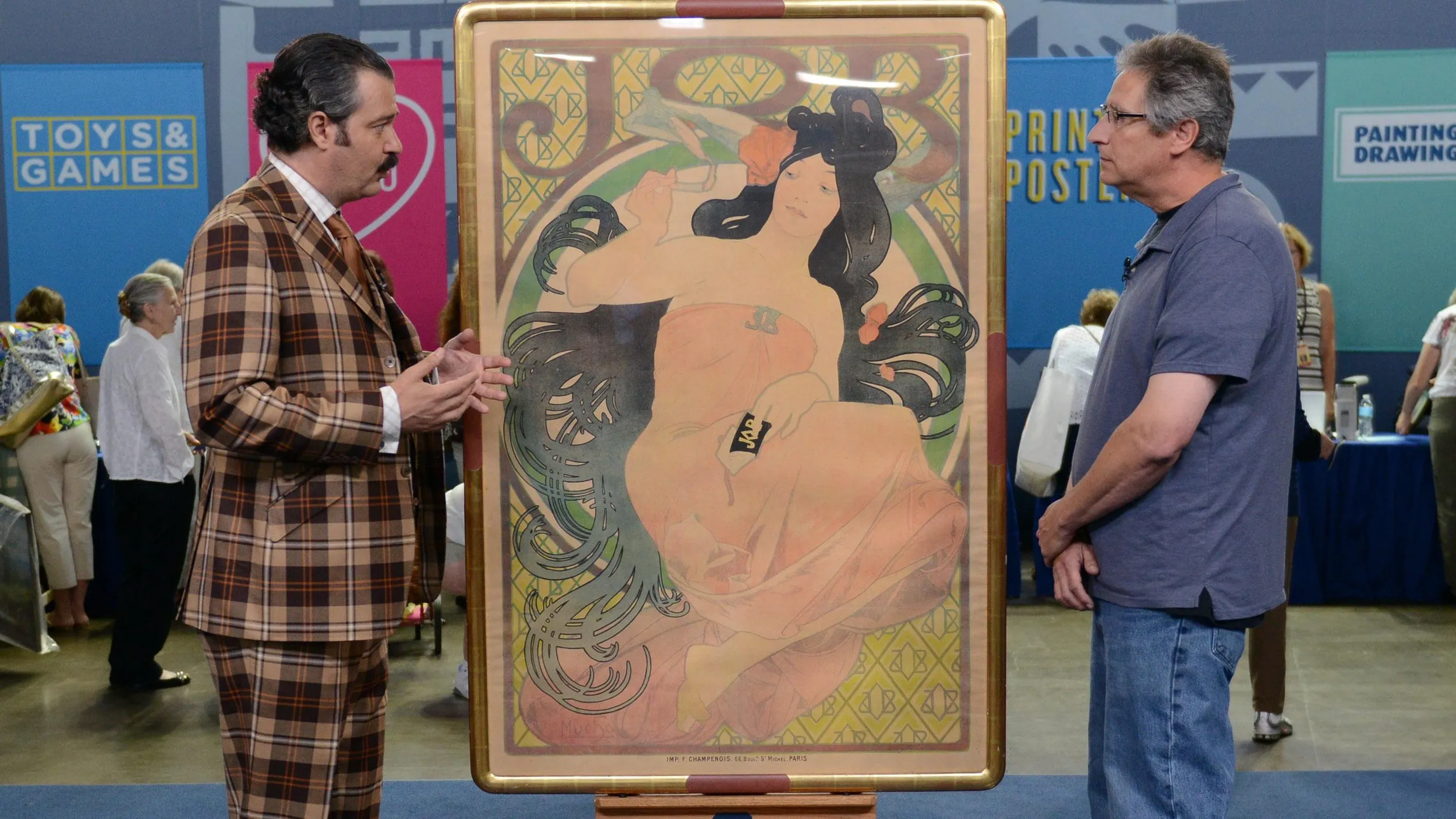GUEST: Well, this was Grandpa's. Unfortunately, I never got to hear him play it. But when I was 15, I think I found it up in the attic and Mom and Dad agreed to repair it if I took lessons. I think I took lessons for about two months before I joined the service. When I walked into the store with it, the owner offered me any guitar and any amplifier in the store for it. So I kind of knew right then I had something kind of special. Grandpa's-- I couldn't give it away or sell it.
APPRAISER: Well, a lot of instruments get out of the family hands when things like that occur. It's a good thing you didn't want to be a rock star.
GUEST: Yeah. Yeah, it might have been gone, you never know.
APPRAISER: Did you learn to play it, and get to play out any?
GUEST: I never really got a chance to play it a whole lot. So hopefully now I'm retired, I can learn to play a little more.
APPRAISER: The banjo is not an easy instrument to play.
GUEST: No, it's not.
APPRAISER: We looked at this earlier at the music table. We took the back off of it, and we found some serial numbers. And those numbers were…
GUEST: 9927-2.
APPRAISER: And according to that, this banjo was made in 1935-- the golden time period for Gibson. And everybody that collects this all wants stuff from before World War II.
GUEST: Right.
APPRAISER: And here you got it. The next thing you do is you start looking at all the different components, like the style of peg head that it has, the inlay pattern in the neck. The neck is made out of probably rosewood, looks like. All mother-of-pearl inlay. There have been a lot of laws enacted recently about endangered woods. I think the neck on this is Indian rosewood, which is not endangered. This is an RB-1.
GUEST: An RB-1.
APPRAISER: This is, like, the basic model that they would have made during that time period.
GUEST: Okay.
APPRAISER: It looks like it's never been refinished.
GUEST: Not to my knowledge.
APPRAISER: Had a little bit of repair on the neck. This is a fabulous banjo for somebody who wants something from the period, and they can't get into those price ranges where, you know, you're holding your nosebleed.
GUEST: Right.
APPRAISER: For insurance purposes, I would probably put about $6,000 or $7,000 on it.
GUEST: Okay.
APPRAISER: Market value, you find them out there in the $4,000 to $5,000 range.
GUEST: Okay.
APPRAISER: But this is in fabulous condition. The only thing really it looks like has been done to it is they put the head on it. That's about it.
GUEST: You going to play it for us?
APPRAISER: You want to hear it?
GUEST: Yes, that would be great.
APPRAISER: I'm a guitar player trying to be a banjo player.



